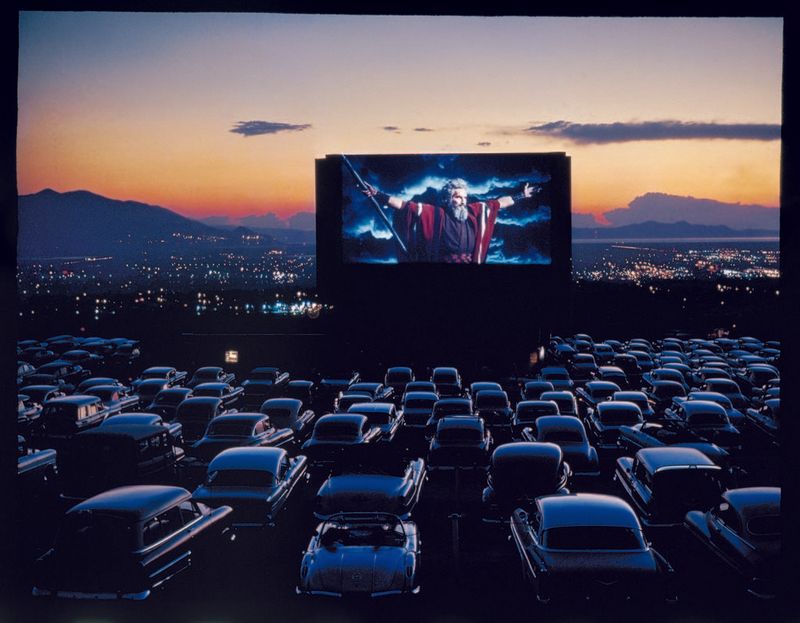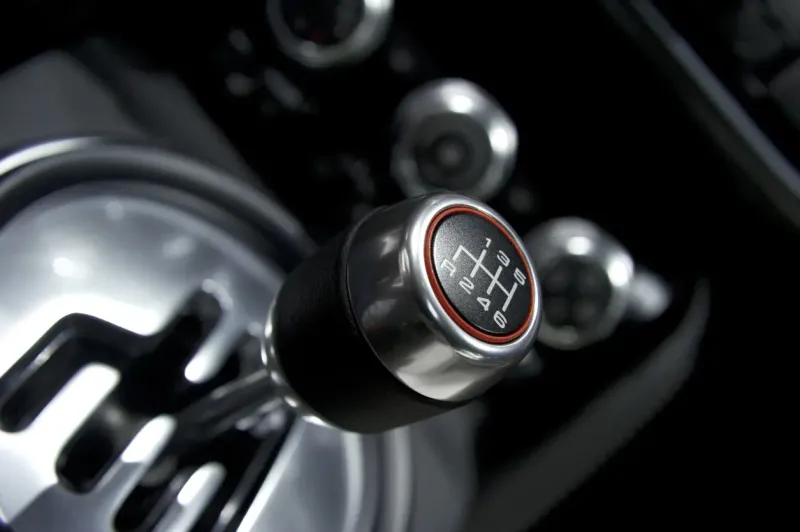As time progresses, certain aspects of everyday life in the United States are gradually disappearing. Whether it is due to technological advancements, shifting cultural norms, or practical reasons, these changes reflect the evolving fabric of American society. While some may mourn the loss of these once-familiar elements, others embrace the new opportunities and conveniences that come with change.
In this blog post, we explore seven things that are slowly fading out in the U.S., each representing a unique aspect of this transition. From the decline of traditional shopping malls to the fading popularity of cursive writing, these items highlight a nation constantly in motion.
1. Shopping Malls

Once bustling hubs of activity, traditional shopping malls are facing a decline. E-commerce and changing consumer preferences are major contributors. People now prefer the convenience of online shopping, leading to many brick-and-mortar stores closing down.
Malls were once social gathering spots for teenagers and families. Now, they’re becoming relics of the past, with only a few adapting to the changing times. Many malls are reimagining their spaces, incorporating entertainment options to attract visitors.
As these shopping centers fade, communities lose a central spot for interaction, impacting local economies.
2. Landline Phones

Landline phones, once a household staple, are becoming obsolete. Mobile technology offers convenience and flexibility that landlines can’t match. Families and businesses are increasingly relying on cell phones and internet-based communication.
The decline of landlines reflects a shift towards mobility. With smartphones offering multiple functions, from calls to internet access, traditional phones can’t compete. For many, the landline has become an unnecessary expense.
This technological change signifies a broader trend where digital solutions overshadow analog devices, reshaping how we connect with each other.
3. Cursive Writing

Cursive writing is slowly disappearing from the educational landscape. With the rise of digital communication, the need for handwritten notes diminishes. Schools focus more on typing skills than on teaching cursive.
Many argue that cursive writing is an art form, a personal touch in a digital world. However, practicality takes precedence, with technology being integral to modern life.
As cursive fades, discussions about its cultural value and relevance continue, touching on broader debates about technology’s role in education.
4. Drive-in Theaters

Drive-in theaters evoke nostalgia but face extinction. Streaming services and multiplex cinemas offer more comfort and choices, overshadowing the charm of outdoor movie nights.
Originally a popular leisure activity, drive-ins now struggle with dwindling attendance. They represent a bygone era when family outings under the stars were a cherished tradition.
While a few theaters still operate, adapting with unique experiences, the trend indicates a fading cultural icon, replaced by home entertainment options and modern conveniences.
5. Printed Newspapers

Printed newspapers are struggling to survive in a digital age. With instant access to news online, fewer people buy physical copies. This shift affects traditional journalism, pushing a transition to digital platforms.
The tactile experience of holding a newspaper is replaced by screens, affecting how content is consumed. Many publications now focus on online content to reach wider audiences.
This shift challenges the newspaper industry, forcing adaptations to maintain relevance in an increasingly digital world.
6. Cash Transactions

Cash transactions are becoming less common as digital payments rise. Credit cards, mobile wallets, and contactless options offer convenience and security that cash lacks.
The pandemic accelerated this trend, with many businesses preferring electronic payments to minimize contact. This shift reflects broader technological adoption in financial transactions.
While cash isn’t obsolete, its role diminishes as society embraces digital solutions, reshaping how we handle money daily.
7. Manual Transmissions

Manual transmissions are losing ground to automatic vehicles. Automatics offer ease of use, especially in urban environments with heavy traffic. Consumers prioritize comfort and convenience over the traditional driving experience.
The decline of manual cars reflects changing automotive trends. As technology advances, more efficient and user-friendly options replace older mechanisms.
Enthusiasts still value the control manual transmissions provide. However, the market shift suggests a future where automatics dominate, reshaping driving habits and preferences.

Well, hello there!
My name is Jennifer. Besides being an orthodontist, I am a mother to 3 playful boys. In this motherhood journey, I can say I will never know everything. That’s why I always strive to read a lot, and that’s why I started writing about all the smithereens I came across so that you can have everything in one place! Enjoy and stay positive; you’ve got this!

